There are holes all over our country where our money and our jobs are flowing straight through the earth down to China. Call it the China Syndrome, but they weren't caused by reactor meltdowns. We dug them ourselves, and they are all over the place. There's a hole under every Walmart, Home Depot, Staples, Sports Authority and Best Buy. There are really big ones under our suburban shopping centers and countless little ones under those mom and pop businesses in the strip malls. It's through these holes that we are tossing our future in exchange for the artificially low-priced junk that fills our garages and eventually our recycle bins only to be shipped back to China to make more junk. Yet most Americans are barely aware of the scale of the problem. Unfair trade with China is the single biggest threat to our future and our national security -- bigger than terrorism, bigger than the Federal deficit, bigger than Iran, bigger than the mortgage crisis, bigger than the healthcare crisis. Unfair trade with China is bigger than all of our other problems rolled up together.
This week, the vice president of the People's Republic of China is visiting the U.S. It's expected he will give America a Valentine's Day kiss by signing a few token trade deals. Last week, however, the U.S. Census Bureau released trade numbers for 2011. The trade deficit with China is 295 billion dollars, surpassing the 2010 deficit by 23 billion dollars. That is a 4 to 1 trade imbalance, more than our deficits with all of the OPEC countries or more than our deficits with all of the EU countries combined. China is where our money, our jobs and our future are going, but the average American has no clue.
When asked where our goods come from, most Americans either don't know and don't care -- or they shrug their shoulders and guess, "China?" quickly followed by "So what are we going to do? It's cheaper to make things over there." Now let's stop right there. It is NOT cheaper to make things in China. It is more profitable to make things in China, but that is a different economic concept, one that has made the 1% rich at the expense of the rest of us.
So, what are the hidden costs that are not revealed on a Made-in-China price tag? Here are just four among many:
1. Offshore production moves the regulation of pollution, product safety and workplace safety to another location where it is poorly enforced. In the case of China, pollution might be out of sight and out of mind, but the earth and its inhabitants suffer the results collectively. Instead of American workers being abused, it is Chinese workers -- but human beings nonetheless. These costs to environmental and worker safety and the risks associated with a poor product safety record are not reflected in the price of your Made-in-China iPhone, for example.
2. When manufacturing is shipped to China, it is quickly followed by engineering and design. Thus an entire sector of workers loses their jobs. As one industry leaves, it will take other related industries with it. "After decades of outsourcing production in an effort to lower costs, many large companies have lost the expertise for the complex engineering and design tasks necessary to scale up and produce today's most innovative new technologies, not to mention the appetite for the risks involved." We not only lose the jobs but the synergy and knowhow to create and make new things. We're reduced to a nation of consumers, not creators. The cost of those lost jobs, which includes unemployment insurance, food stamps, retraining, emotional impact and community disruptions among others, is never reflected in the cost of imported Chinese products.
3. The centrally controlled Chinese economy uses the profits from one industry to dominate others through its network of state-owned businesses. For instance, the recent bankruptcy of Solyndra raised public awareness of Chinese dumping designed to wipe out competitors, in this case competitors to their dominance in the solar panel sector. The Chinese government also invests heavily in companies owned by party bosses. When they are not using corporate spying to steal technology, these bosses use Chinese government money to buy the very best Western equipment and brainpower, which they quickly milk of its usefulness and then knock-off. These Chinese government investments are not reflected in the price of imported Chinese goods.
4. You would think that our dollars are making the Chinese people better off. Certainly some are, but the majority of profits from Chinese manufacturing are going to a new class of Chinese elite, to corporate and Wall Street one percenters, and to the People's Liberation Army. That's right. Every purchase of a Made-in-China product is financing the growth of the PRC's military programs, including space exploration. Because China is not our friend and often opposes our international objectives, their growing military strength invariably leads to another arms race. Precious dollars we need for education, social services and infrastructure are lost to the military-industrial complex. These costs that threaten our society's future are also not reflected in the price of Made-in-China goods.
When one adds up all the hidden costs of a Chinese-made good, including currency manipulation, intellectual property theft, anti-competitive trade barriers, dumping, environmental degradation, etc., that cheap imported product starts looking pretty expensive. When you consider that we are destroying our children's future, that purchase at the big box store starts to look downright treasonous.